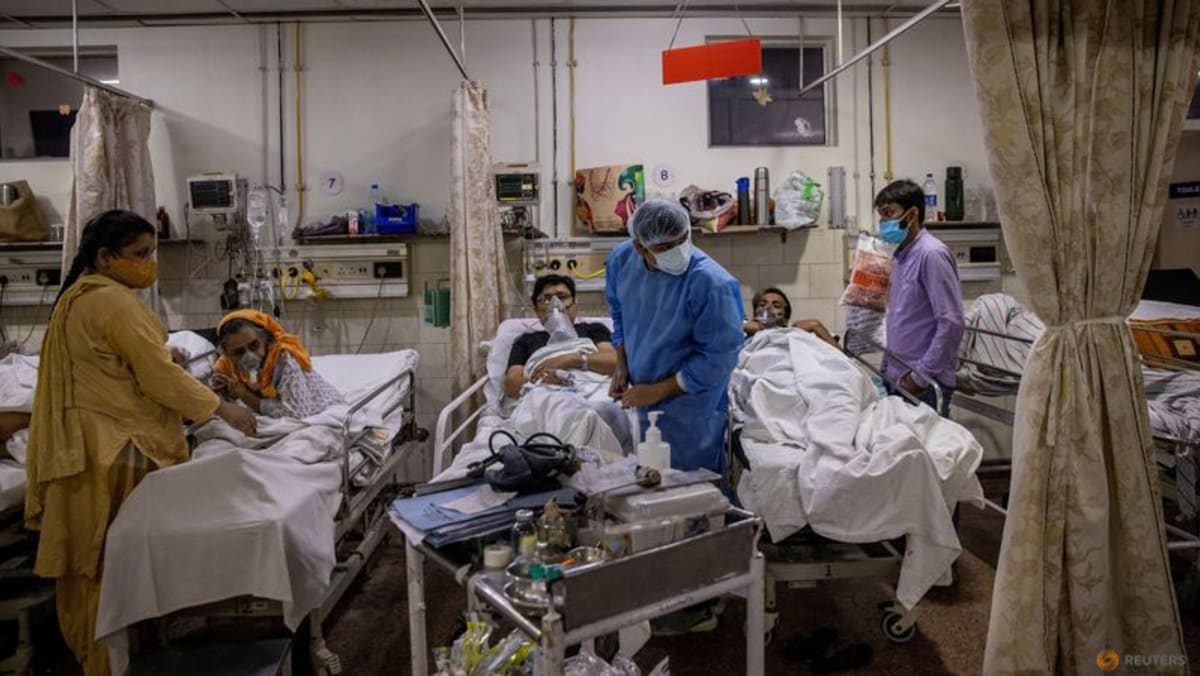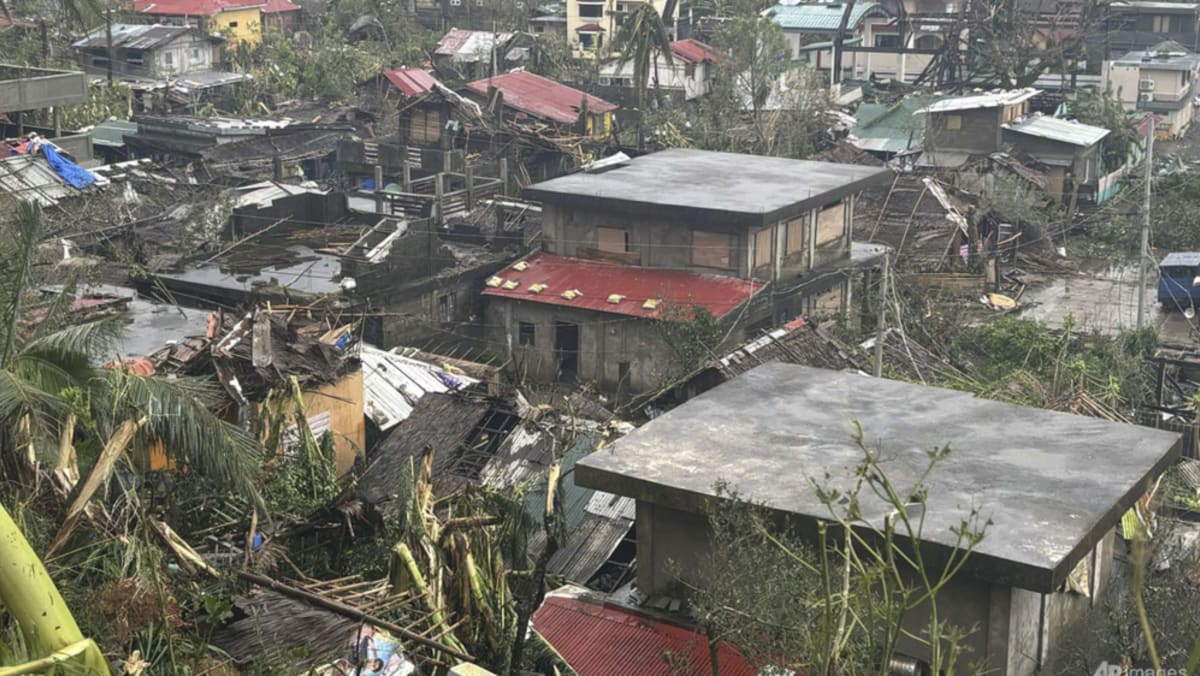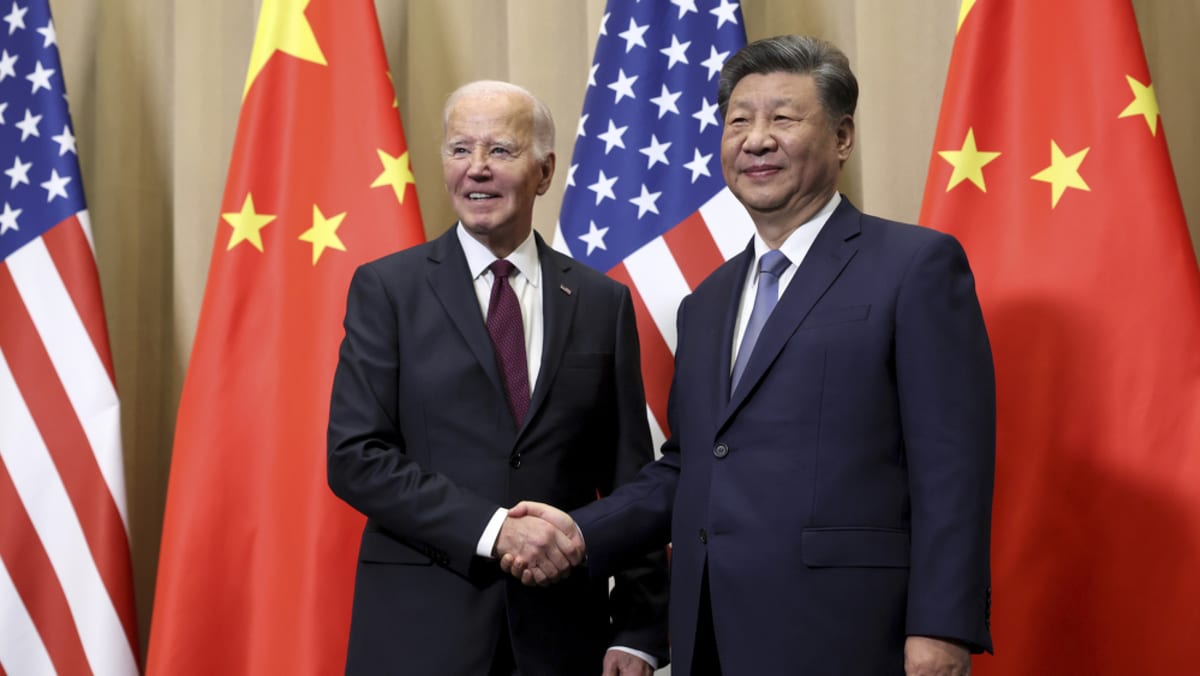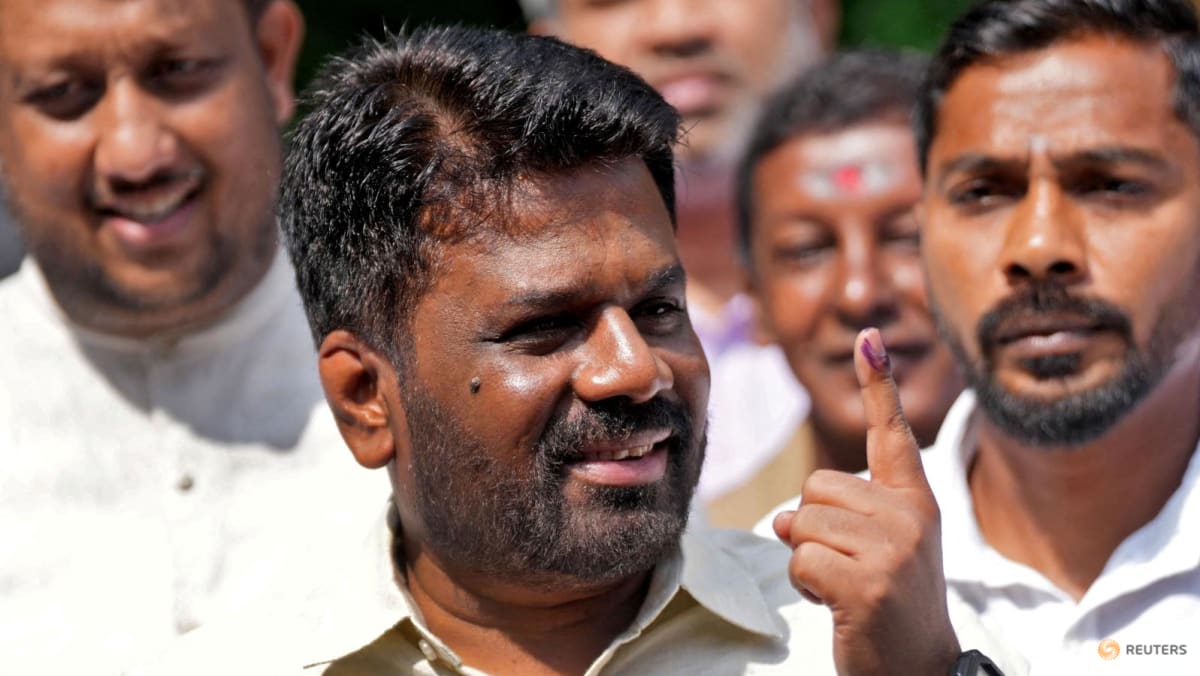India builds more hospitals as population surges but doctors in short supply

NEW DELHI: Mithilesh Chaudhary, 21, coughs weakly as he struggles to his feet after spending the night outside the state-run All India Institute of Medical Sciences (AIIMS) in New Delhi.
“We have been sleeping on the footpath for two nights,” said his grandfather Bhim Lal, as the two waited in a line of about 100 people outside the hospital’s main gate, seeking an appointment.
“He suffers from chest congestion, and no one has been able to tell us what exactly is the issue. We have been to many hospitals around our district and finally, a doctor at a private hospital asked us to visit the AIIMS in Delhi.”
Chaudhary, who lives 1,200km away in Bihar state, doesn’t have an appointment and was not given the name of a doctor. His only recourse is to stand in the queue until he can get one of the few slots that open up every morning for those waiting outside.
His plight and that of others who queue every day starting at dawn highlight the shortage of specialist doctors and health workers in India’s countryside, where more than two-thirds of its 1.43 billion people live.
Prime Minister Narendra Modi’s government has built more than a dozen similar medical institutes for specialised treatment since he took office in 2014. The government has plans to build at least one major hospital in each of India’s 761 districts.
The problem is a lack of doctors, a shortage that is reaching crucial levels as India becomes the world’s most populous nation.
India’s doctor-to-patient ratio hit a record high of 1.2 doctors per 1,000 patients in 1991, according to the World Health Organisation (WHO), but as its population surged, the ratio dropped to about 0.7 in 2020.
The WHO recommended level is 1 and China, with a comparable population to India, is at 2.4.
Health Minister Mansukh Mandaviya told parliament in March that India in fact had a ratio of 1 doctor per 834 patients, well above the WHO level, but the number included doctors practising traditional forms of medicine such as Ayurveda, Homoeopathy, and Naturopathy.
The WHO and doctors groups such as the Indian Medical Association do not include traditional medicine practitioners in their calculations.
Inaugurating the first specialised medical institute in northeast India last month, Modi said his government had sought to increase the number of doctors by setting up more medical colleges.
“This deficiency was a major barrier to quality health services in India,” he said. “Therefore, our government has worked on a large scale to increase medical infrastructure and medical professionals in the last nine years.”
The number of public hospitals, excluding specialised institutes, has risen some 9 per cent in Modi’s time at the top, government data shows.
Source: CNA















